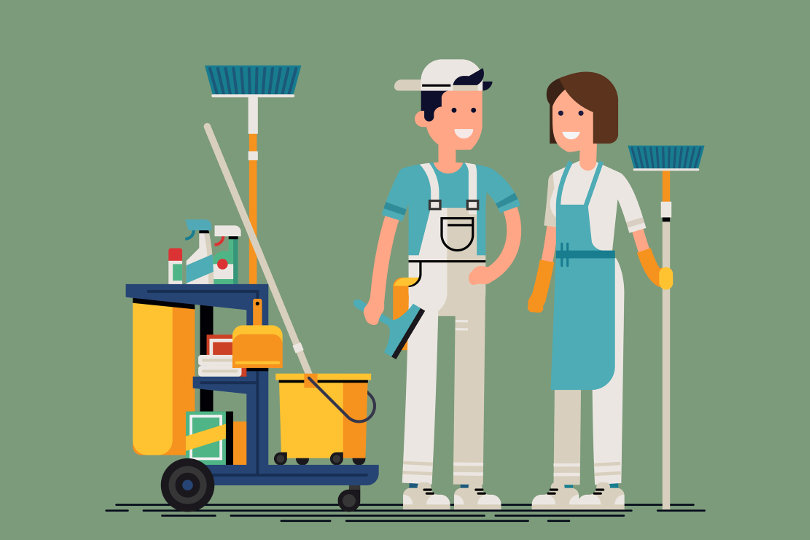Whether your boat has been hibernating over the winter, or whether you've been using it regularly over the winter, Spring is the perfect time to give your canal boat a good clean throughout the inside and out and carry out a few maintenance tasks. Follow our tips for a sparkling, odour free boat ready to go cruising!

Superstructure
Take great care to use the right products to clean the exterior of your narrowboat. A gentle boat shampoo is best, as products that are not specifically made for boat may be too harsh and damaging to use on the boats surface and too damaging for the environment too.
Start by hosing the boat down with plenty of clean fresh water first, removing as much dirt as possible. This will reduce the risk of scratching. Apply a suitable cleaning product with a sponge or very soft brush, then rinse off. Special boat cleaning products often contain waxes which will help to protect the surface paintwork and help to keep it clean. If using wax after cleaning, make sure to use the correct product for the paint. If unsure ask the paint manufacturer for recommendations.
Canopies & covers
Acrylic and canvas covers are expensive items and deserve to be looked after properly and regularly cleaned. Again make sure to use specific cleaning products for the type of fabric, as using the wrong product could cause damage to the covers. Follow the manufacturers cleaning recommendations.
Ropes and Fenders
Ropes and fenders will benefit from a good clean. Removing dirt and grit and helping to avoid surfaces being scratched when in contact with the ropes. Water and mild detergent is a good place to start. Or you can put the ropes into the washing machine at 30 degrees with a laundry detergent, making sure to thoroughly rinse and allow to dry.
Water Systems
Domestic water systems need regular disinfecting. Microbial contamination can cause health issues, even if not drinking the water. The easiest and simplest disinfactant to use is thin bleach. Hosepipes also need cleaning internally too. Use 50 parts per million solution of thin bleach which is ideal for general tank disinfecting. Make sure that you don't discharge the disinfectants directly into the waterways and empty ashore. Make sure you rinse thoroughly after bleaching. You can also buy other specifically formulated disinfectant products for this purpose.
Toilets & Holding Tanks
Waste from toilets are traditionally stored in holding tanks in the boat until it can be emptied in an approved waste-disposal facility. Naturally, holding tanks can be a source of foul odours. We recommend using a Probiotic tank treatment in your holding tank to eliminate the foul smells, which contains good bacteria that consumes bad smells rather than masking them. The probiotic treatment also transforms solids into liquids, allowing for faster emptying of the tank with less strain on the pump. Toilets should be cleaned with a toilet cleaner designed for marine applications, as normal household cleaners can cause damage to seals.
Inside
Be ruthless, by getting rid of and re-organising your belongings. It will make cleaning so much easier, and you'll be able to find things easier. Don’t forget to wipe out all the cupboards, under your bed and that drawer that is bursting with stuff that “we might need this one day, but we don’t really know where to put it!”
Metal Surfaces
Check your stainless steel, chrome, brass and aluminium fittings for surface rust and oxidation. Any surface rust can be removed easily with the right products without any abrasive materials. Do not use sand paper or scourers that can create scratches in your metal fittings. We recommend using a Metal Sealer , which cleans, polishes and creates a protective layer in one application. The sealer will also remove surface rust and oxidation from metal surfaces such as stainless steel, brass and aluminium.